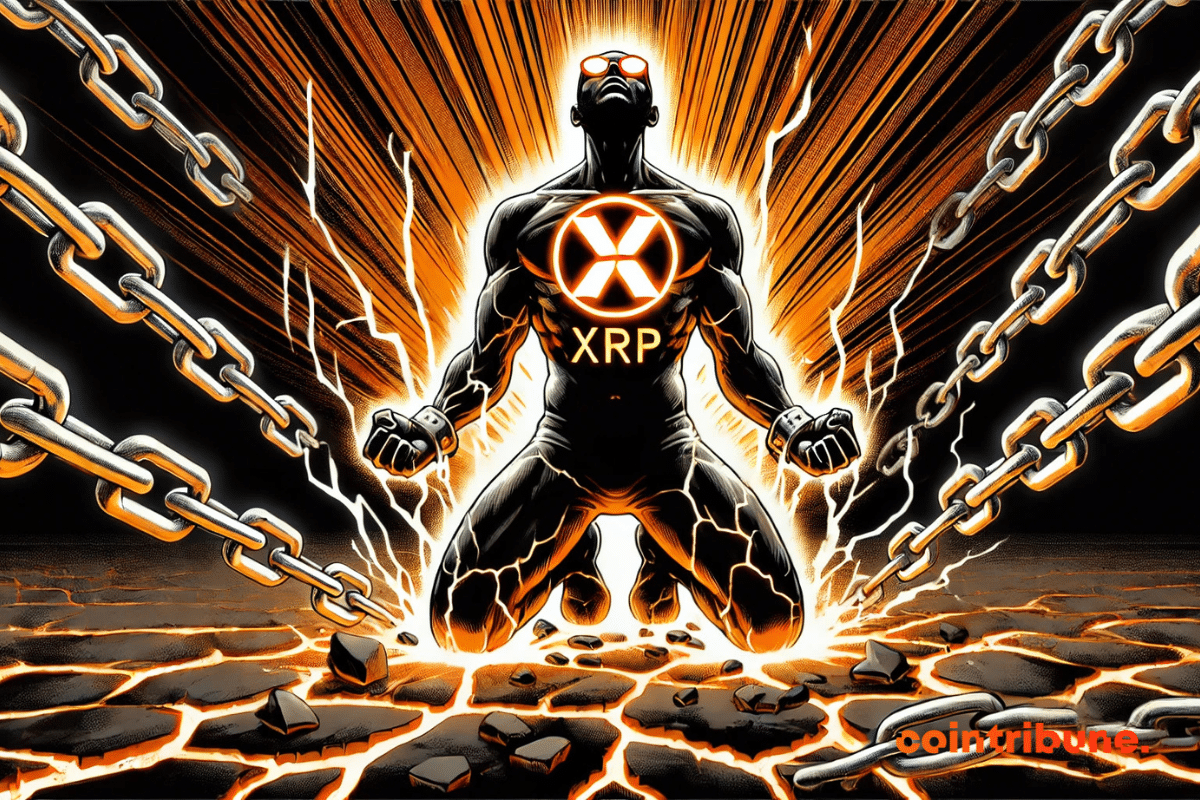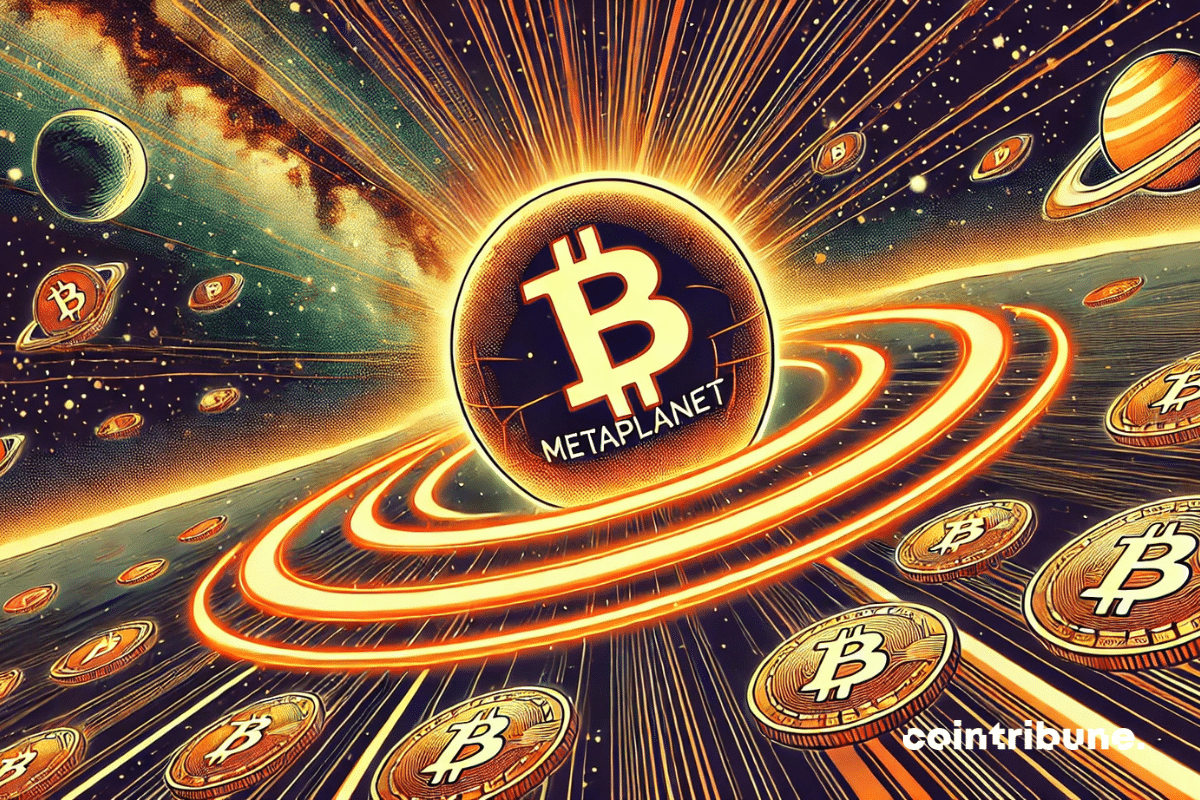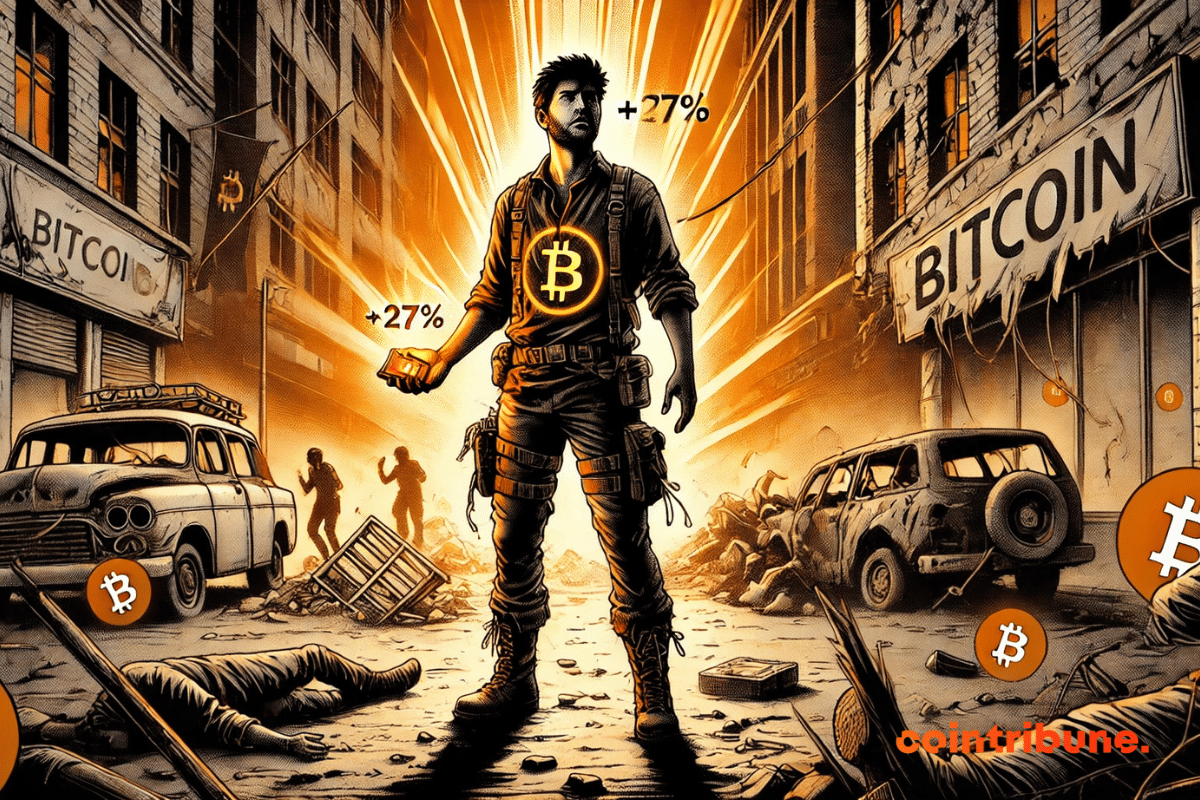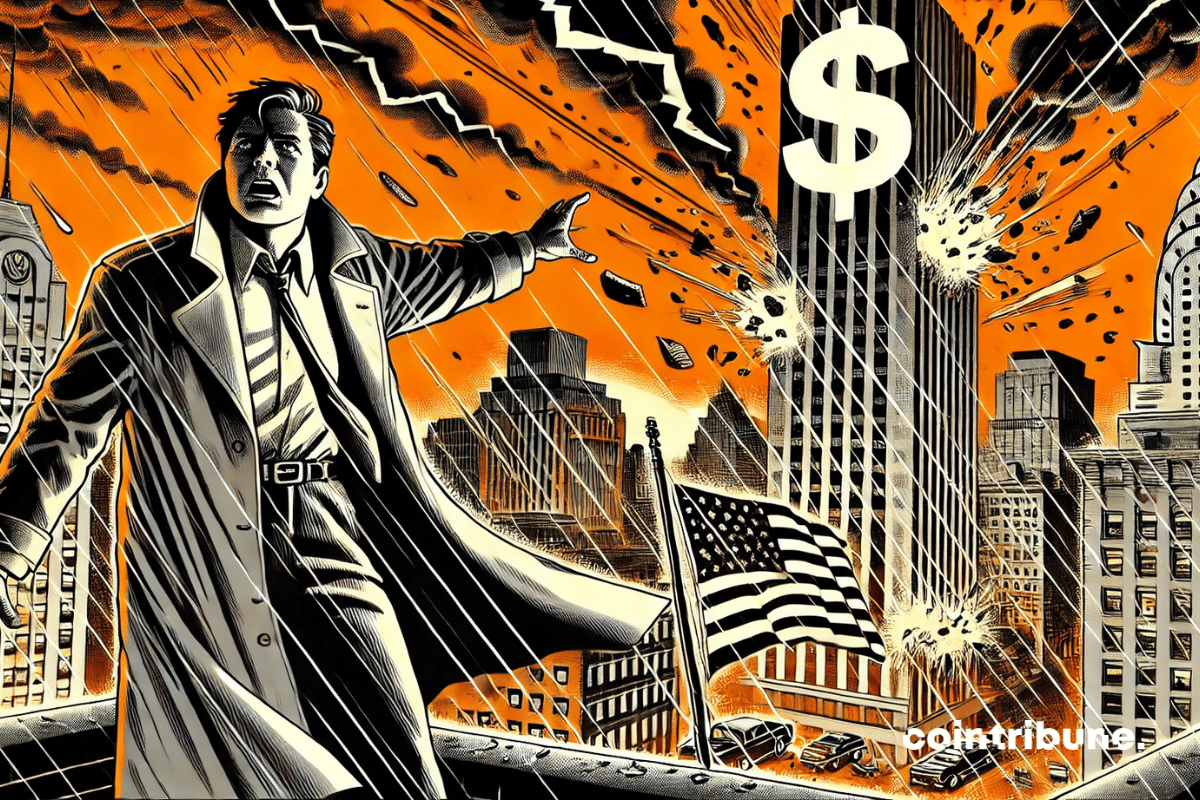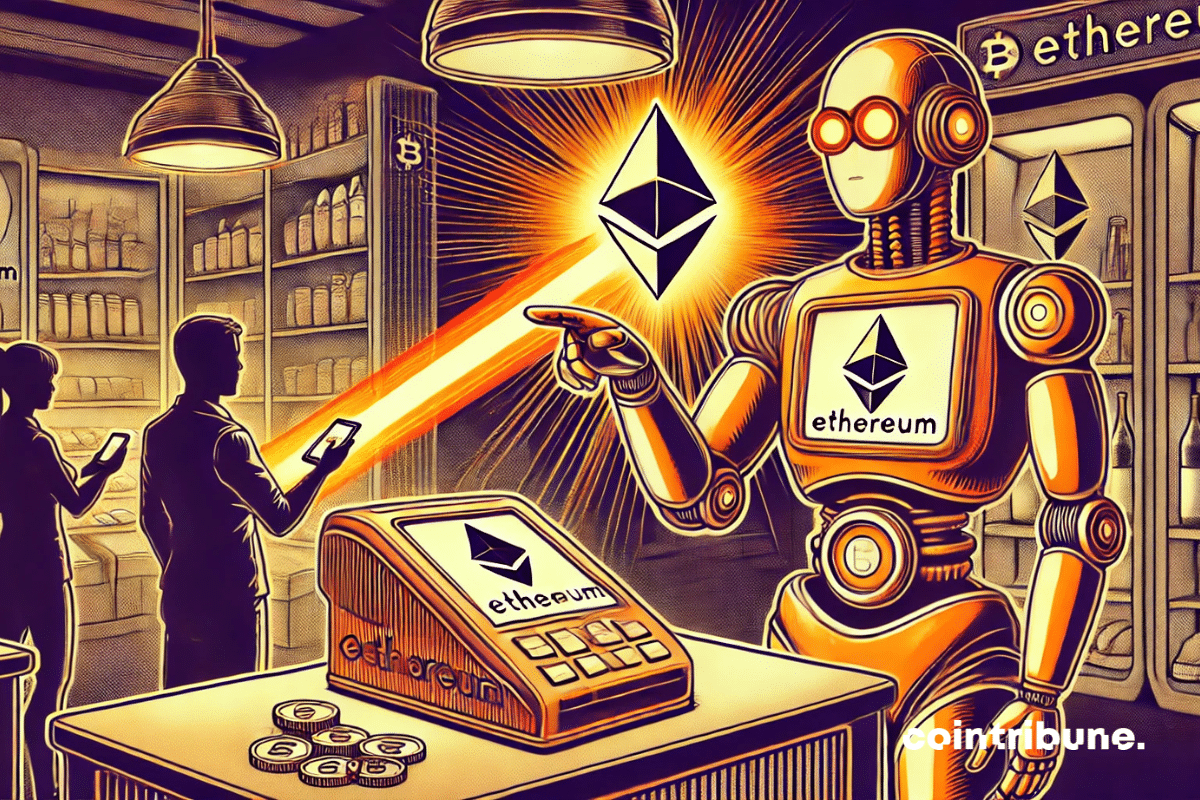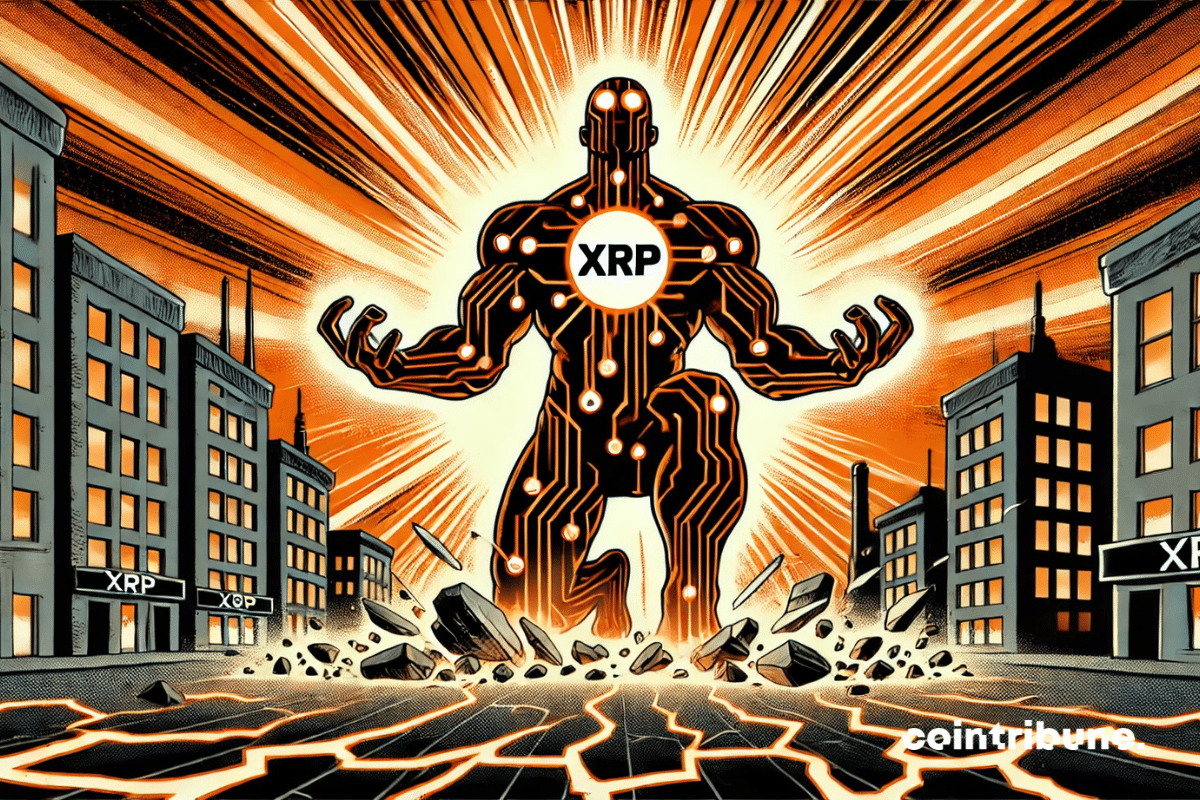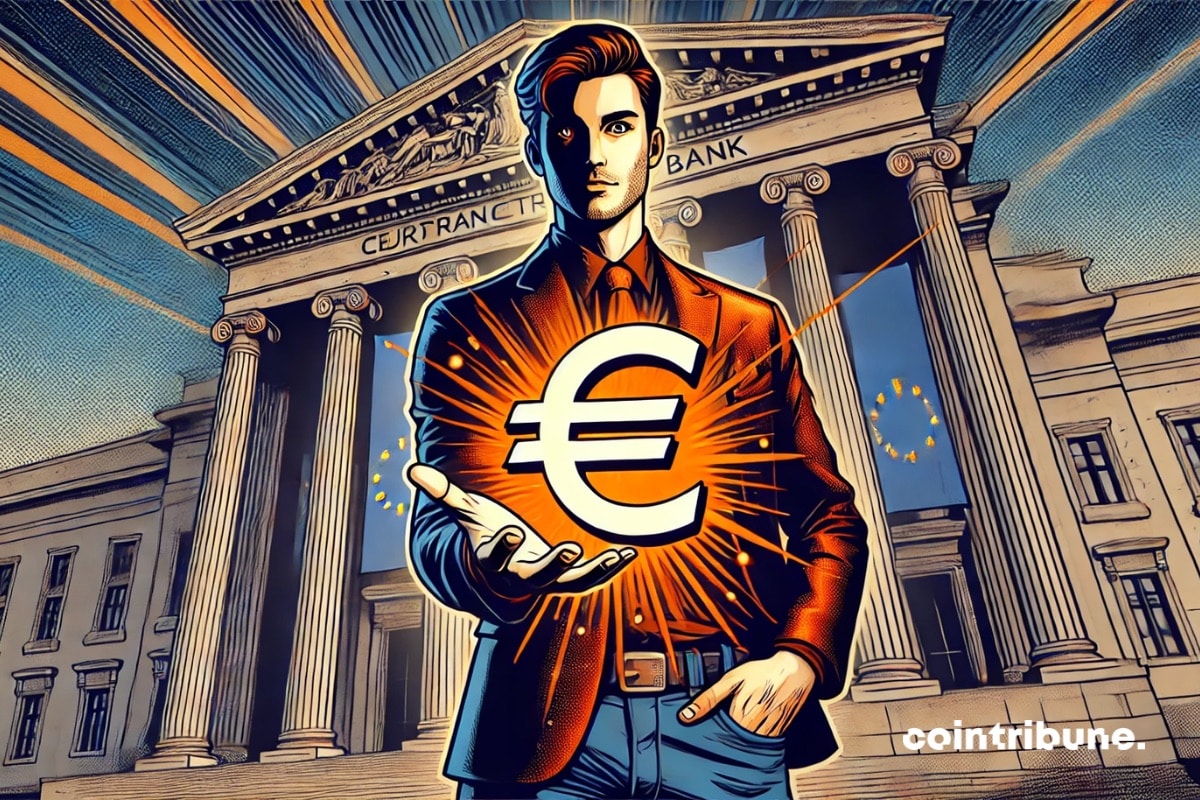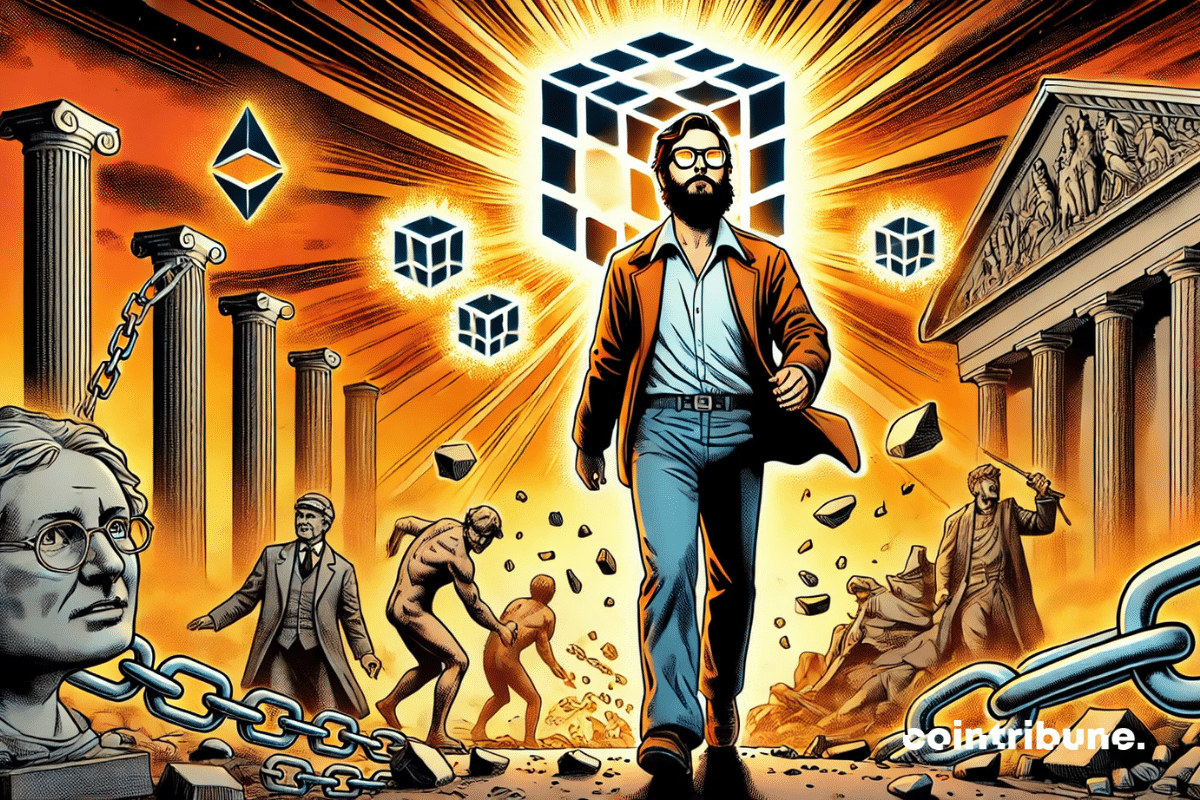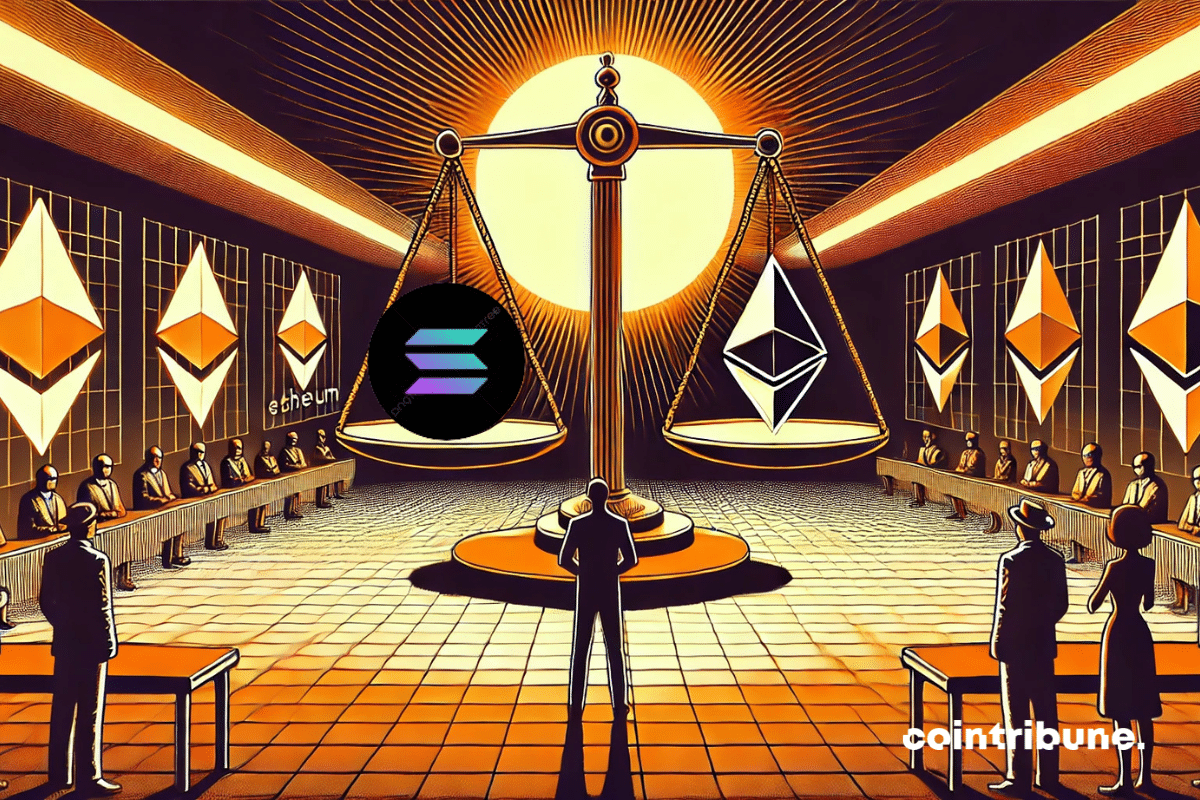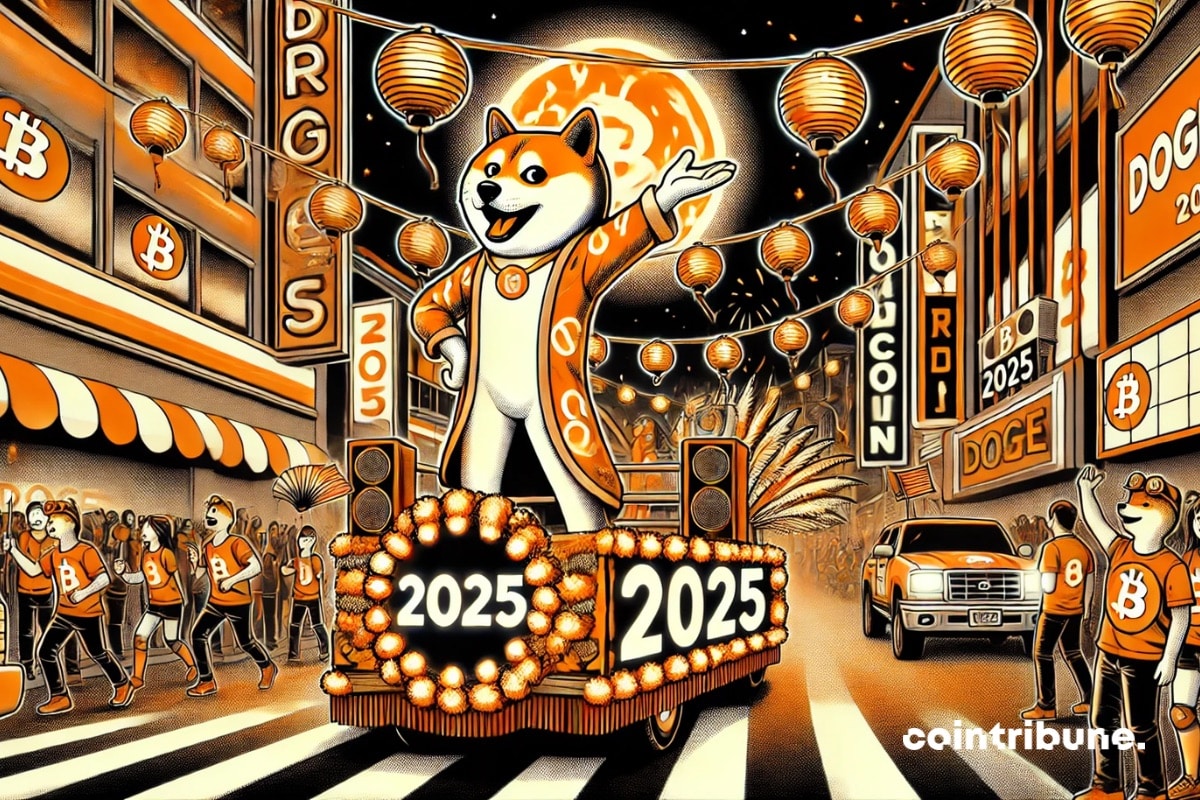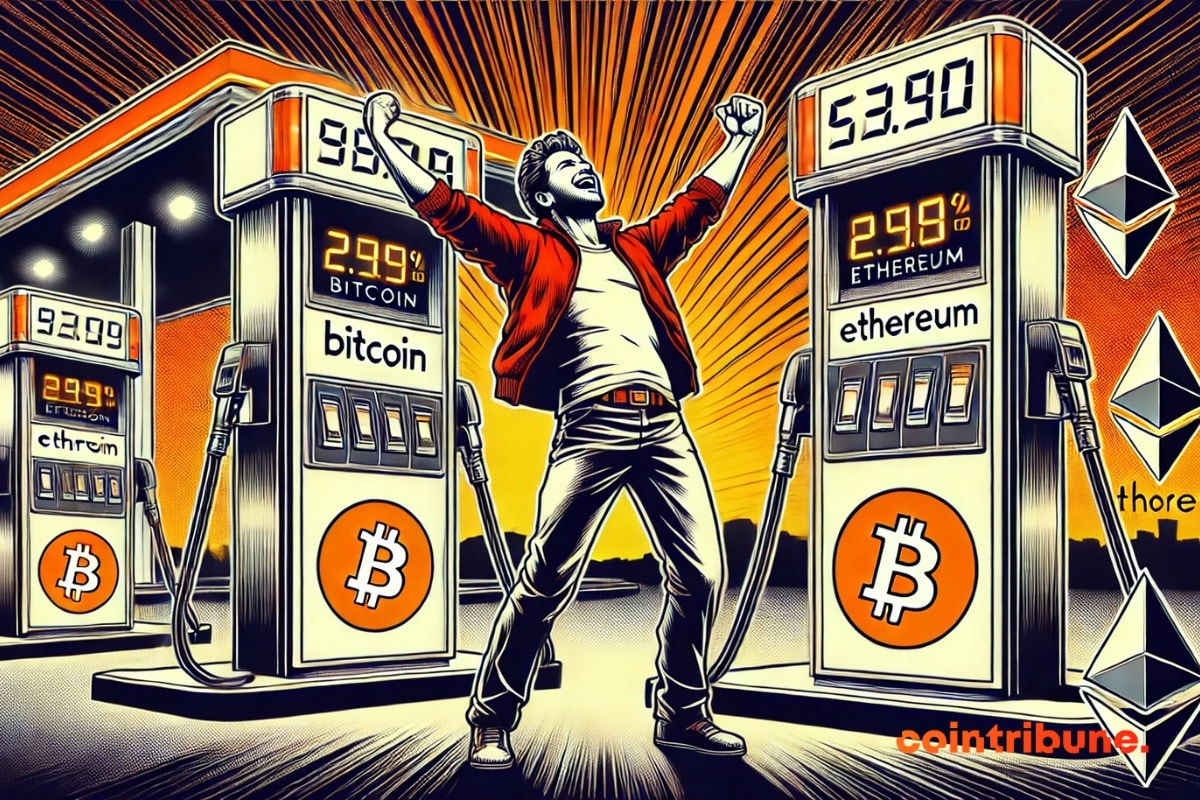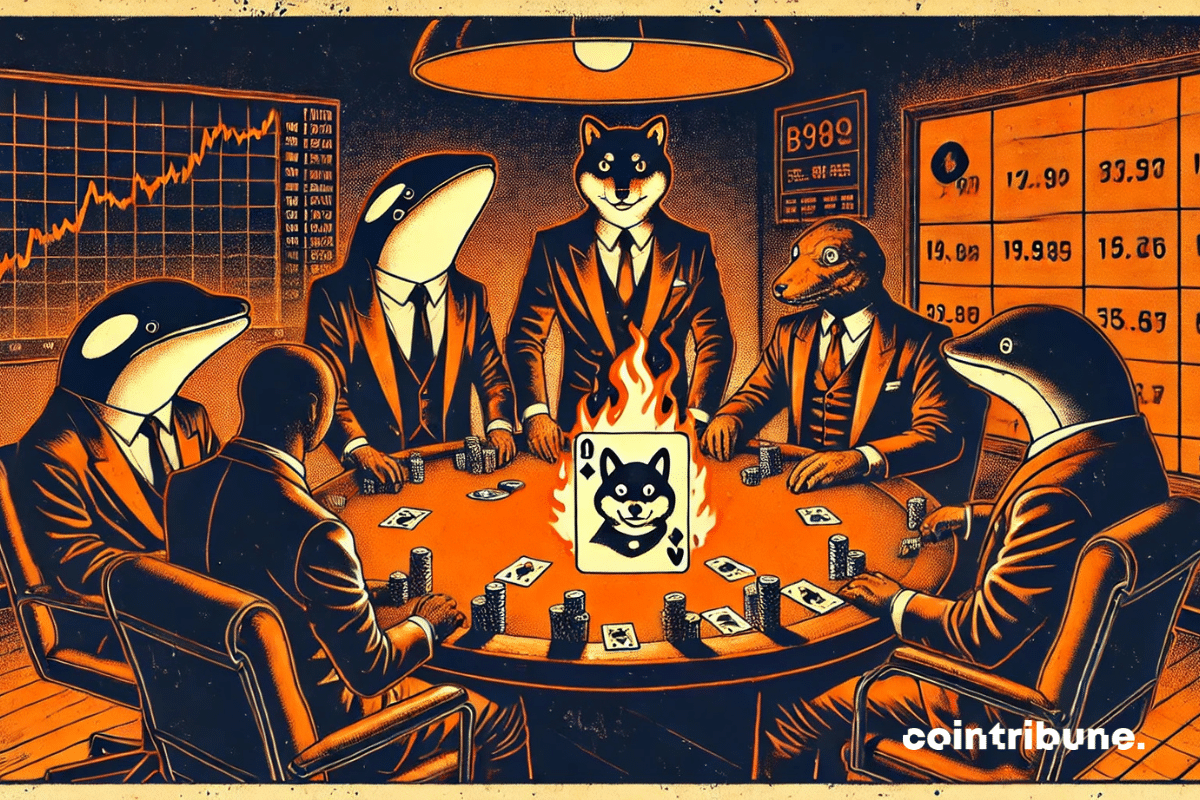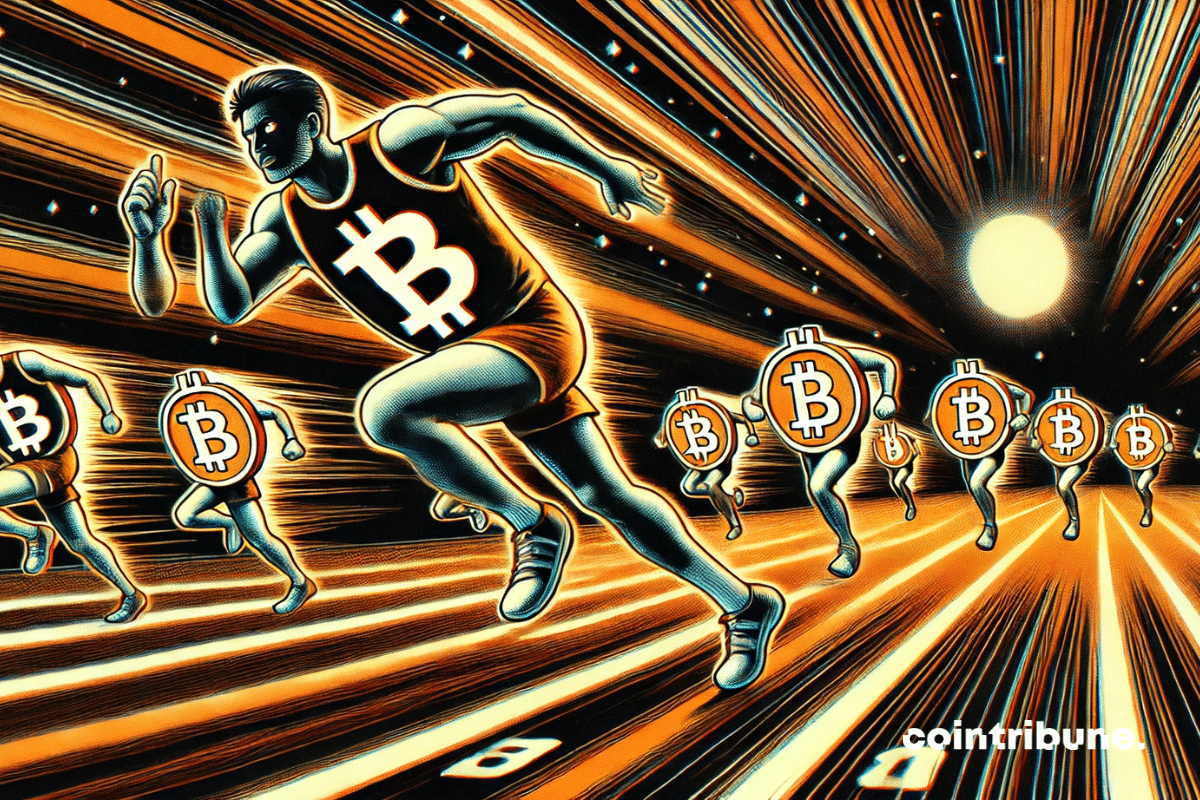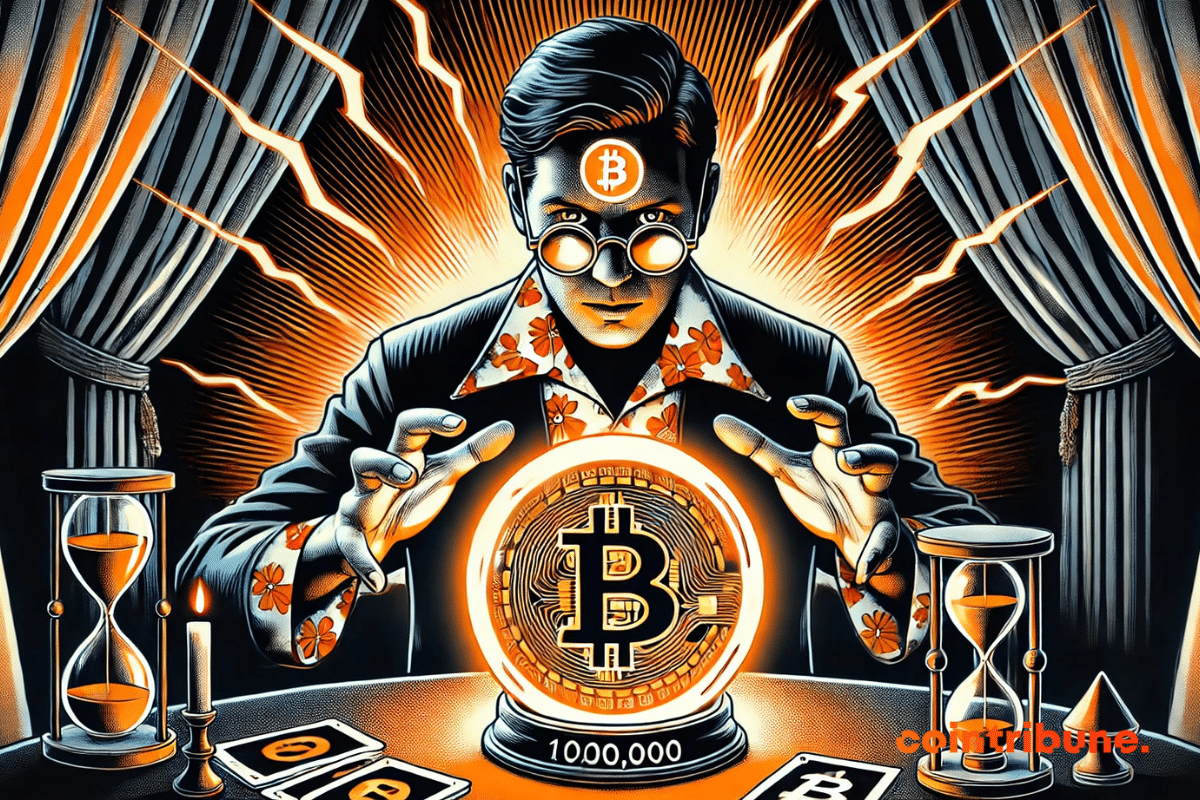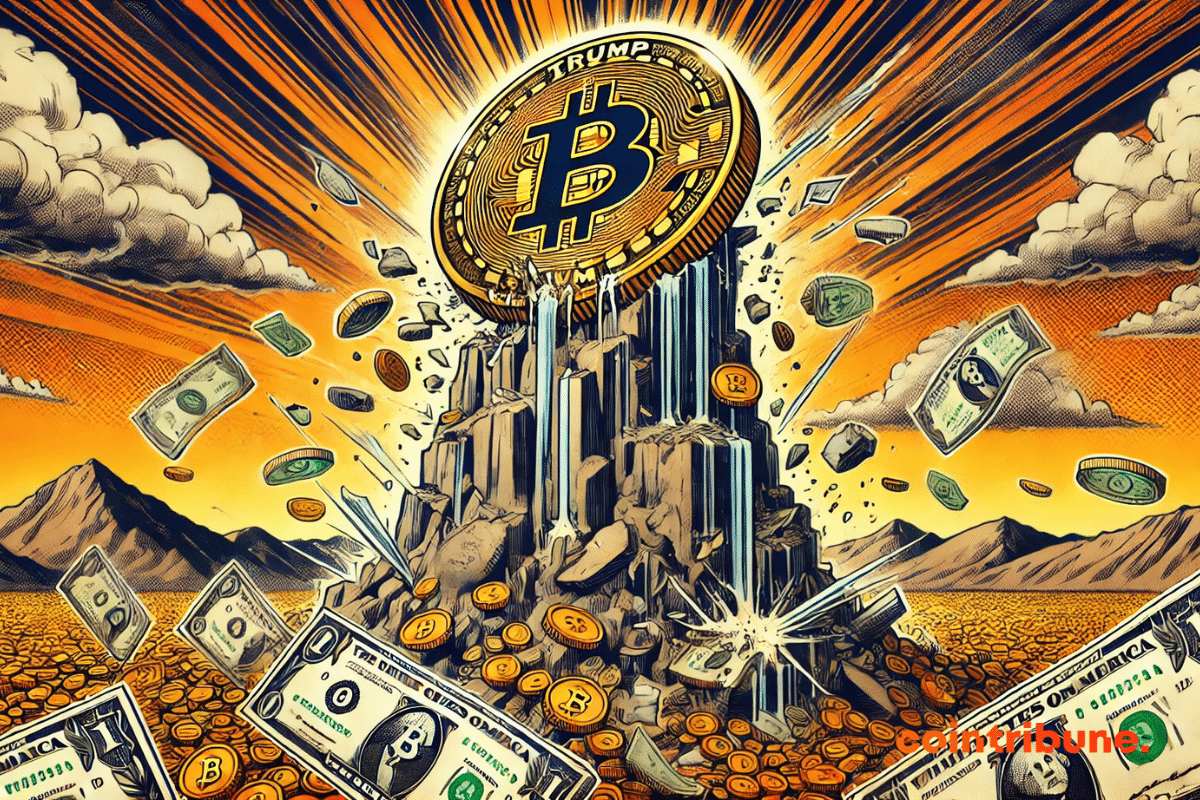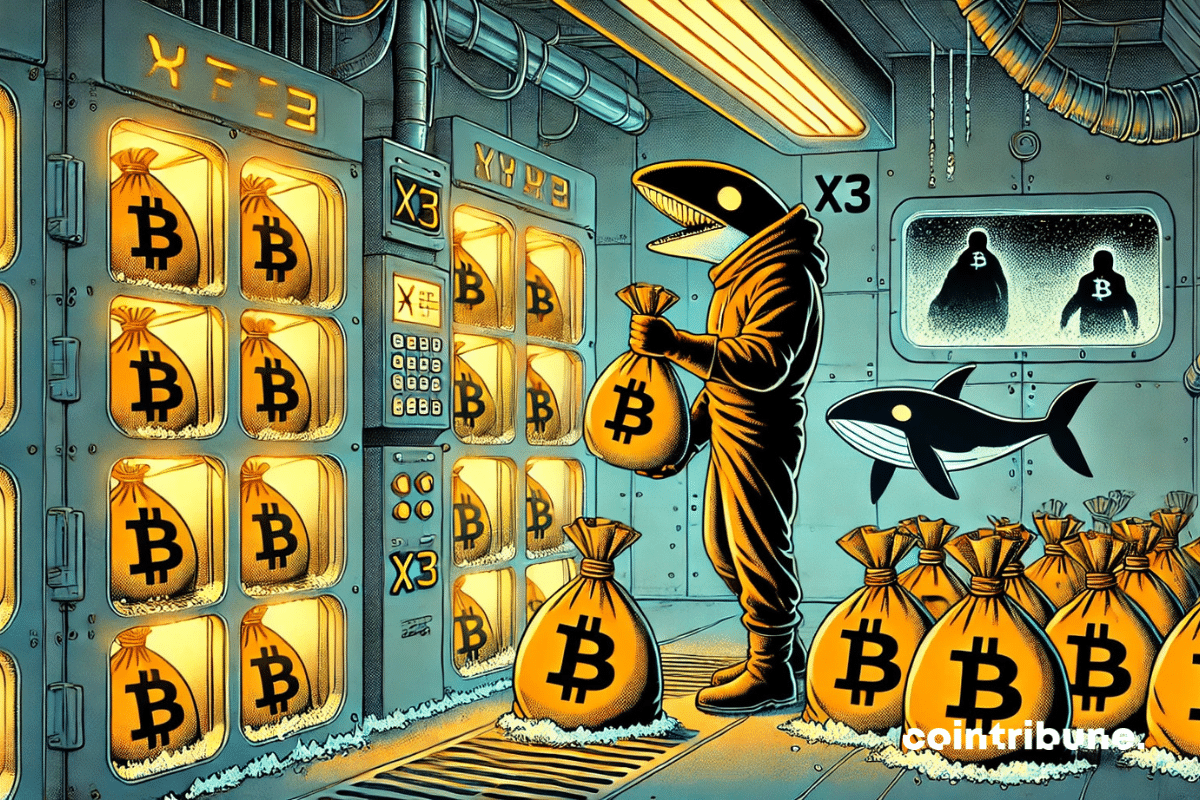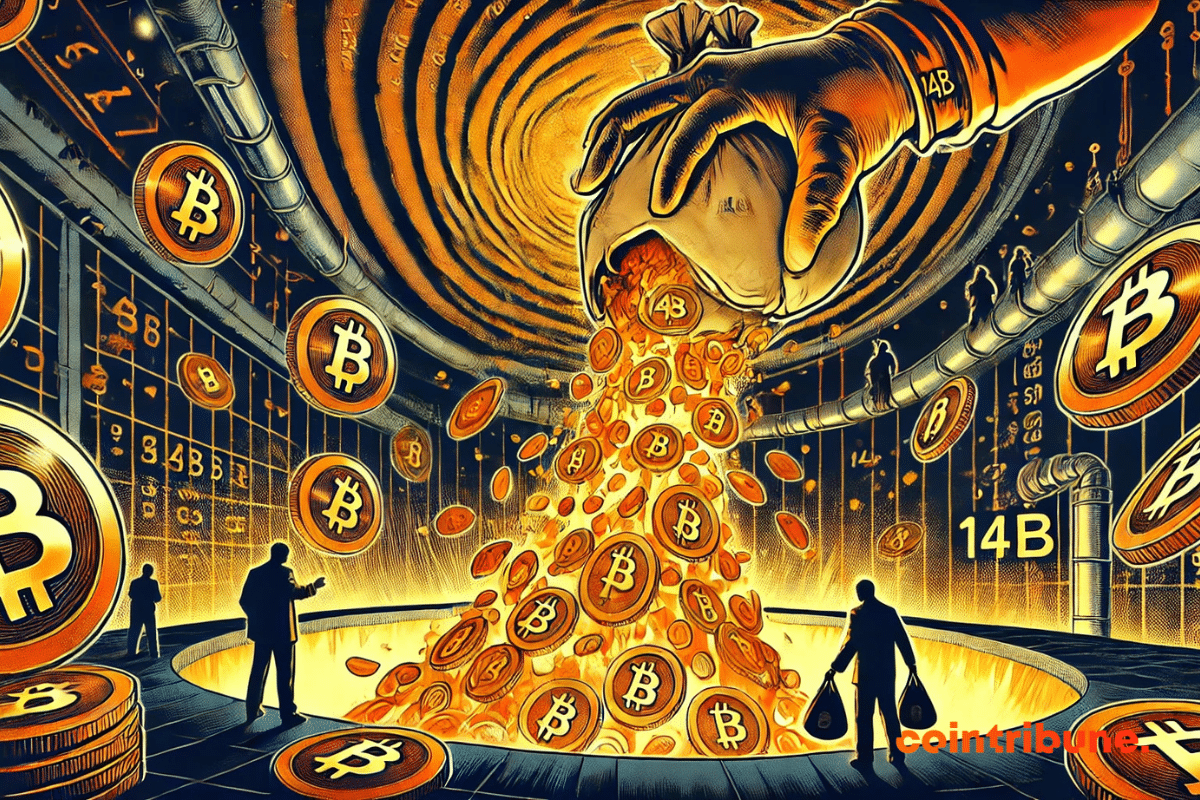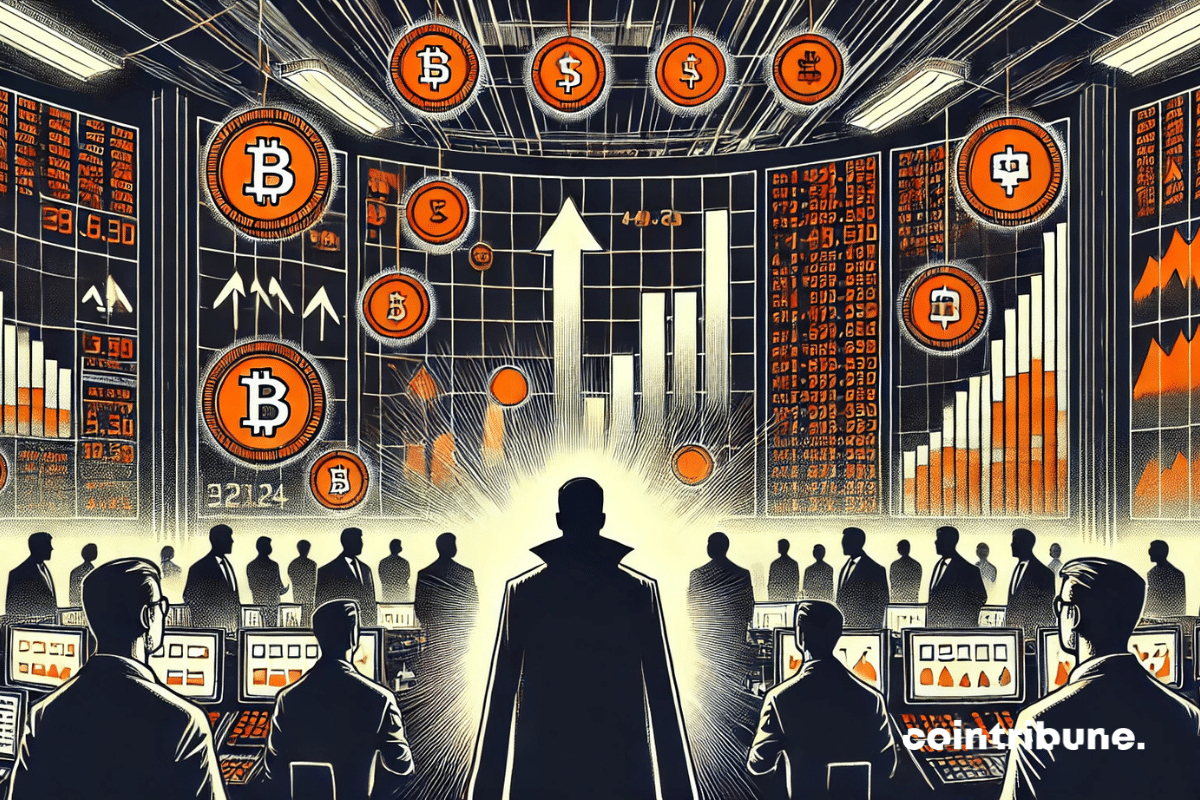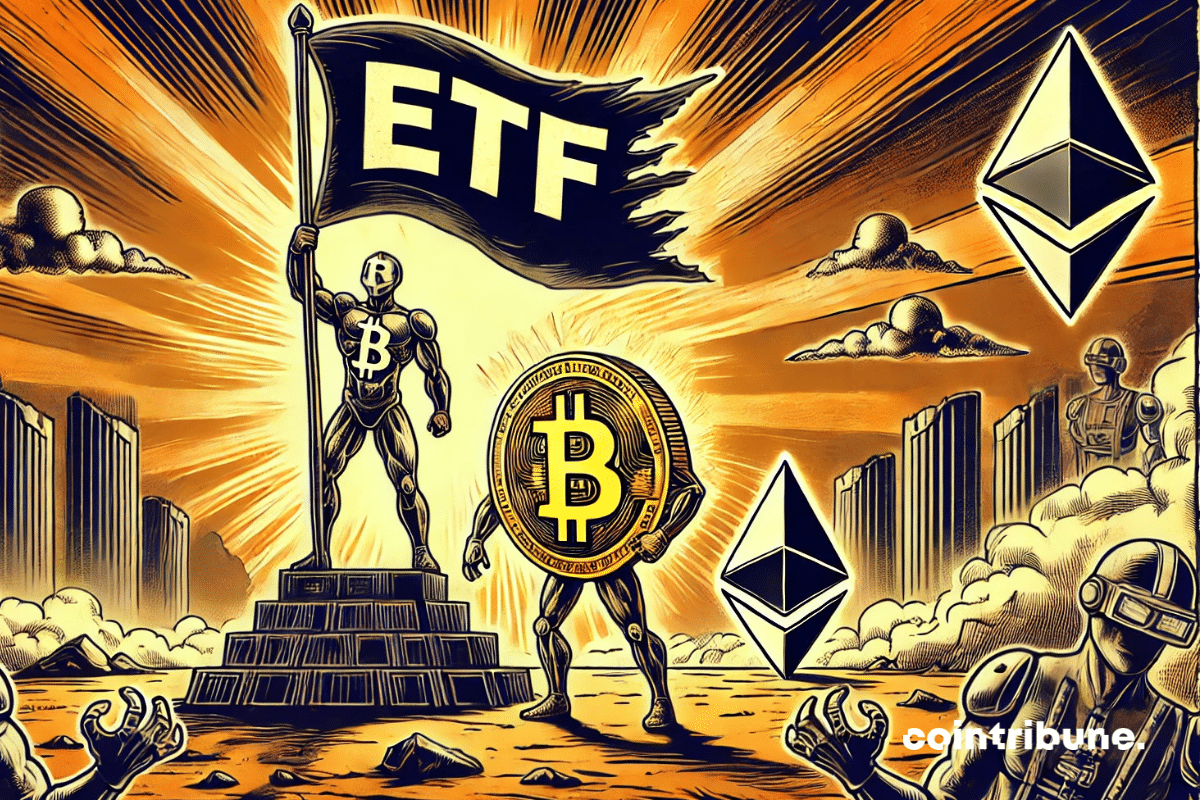XRP is about to emerge from its slumber. An extreme tightening of the Bollinger Bands alerts analysts: a volatility explosion is coming. The question remains in which direction.
Cmc RSS
While Wall Street stutters, Metaplanet, the crypto-yen samurai, stacks bitcoins like others stack Treasury bonds. Michael Saylor applauds. The Fed coughs in its corner.
Bitcoin surpasses 87,000 dollars again, dragging along altcoins BNB, SOL, and XRP. This bullish movement rekindles debates about its status as a safe haven asset, amid a backdrop of global economic instability.
Bitcoin is currently navigating through troubled waters. Below the symbolic threshold of $90,000, the landscape turns red for recent holders, while crypto veterans stay the course. Between technical corrections and discreet accumulation by institutions, the market sketches a complex map: that of a fragile balance between latent losses and tenacious confidence. A dive into the meanders of an asset that refuses to yield to fatalism, despite the storms.
While Trump plays the customs officer, Tesla wavers, Alphabet holds firm, and Wall Street takes on water. The markets, on the other hand, brace for the next presidential tweet.
Bitcoin is regaining strength by surpassing $87,000, marking its strongest increase since the end of March. This rise comes in an uncertain economic context, where gold and BTC are aligning as safe-haven assets against a weakened dollar. Is a bullish breakout underway?
Michael Saylor and his company Strategy continue their offensive on bitcoin. While the company reports more than $9 billion in unrealized gains, its founder hints at a new massive purchase. A strategy that could, according to some analysts, propel BTC up to $300,000.
As the bank failures of 2023 continue to shake the markets, economist Peter Schiff is fueling fears of a total collapse of the American financial system. Known for his attachment to gold, he warns that a recession of historic proportions is underway and that all banks are destined to fall. Thus, this radical diagnosis, issued in an already tense context, reignites the debate over the strength of financial institutions and the viability of economic policies pursued since the 2008 crisis.
According to a recent analysis by Binance Research, the upcoming Ethereum upgrades, Pectra and Fusaka, could redefine the network's capabilities in terms of scalability and crypto payments.
In the volatile arena of cryptocurrencies, where every signal can sway the market, XRP is drawing the spotlight. While volumes are dwindling, its technical indicators show a bullish turn. The imminent formation of a golden cross could kick off a rally as early as July, providing a counterpoint to current trends. In a context of widespread caution, this setup is capturing the attention of traders seeking confirmation.
The digital euro, a future digital currency issued by the European Central Bank, is set to profoundly transform the European monetary landscape. According to the ECB, this CBDC could replace up to 50% of banknotes in circulation and significantly impact bank deposits! Thus marking a strategic turning point for Europe in the face of digital assets.
Against a backdrop of techno, Cardano injects social elements: a Constitution engraved in the blockchain, global votes, and a dream of equality signed by Hoskinson. The gentle revolution is underway... decentralized.
Hayden Adams, founder of Uniswap, believes that Solana is currently the best blockchain to scale decentralized finance (DeFi) at the layer 1 level. This stance reignites the debate on the limitations of Ethereum's modular model.
On April 20, 2025, Dogecoin holders celebrate the now traditional Doge Day, a festive day born in 2021 alongside the global cannabis day. While the DOGE community remains as enthusiastic as ever, a major event could soon redefine the landscape of this iconic crypto: the possible approval of a Dogecoin ETF by the U.S. SEC.
Peter Brandt's explosive prediction about Ethereum (ETH) has electrified the crypto community. This veteran trader, whose career spans five decades, anticipates a collapse in the price to around $800, a level unseen since 2022. While ETH struggles to stabilize above $1,600, this warning reignites debates about the uncertain future of the second-largest cryptocurrency. Between relentless technical analysis and the unwavering optimism of certain industry figures, the market is divided. But who is really right?
Bitcoin and Ethereum users can finally breathe easy: transaction costs on the two main blockchains have dropped by more than 90% compared to the previous year. This major change reflects a calming of network activity, but also a notable improvement in operational efficiency.
In the crypto world, the "unit bias" leads many investors to favor cheap altcoins over Bitcoin. According to Samson Mow, this mistaken perception distorts investment decisions and fuels an illusion of value. BTC dominance could thus explode far beyond forecasts!
Despite signs of sustained activity, Shiba Inu (SHIB) is sinking into a downward spiral of underperformance. Contrary to the rebound seen in other altcoins, the token shows a historically low profitability rate, revealing a deep imbalance in its market structure. The majority of wallets remain in the red, even as trading volumes explode. This stark contrast between apparent excitement and massive losses raises a simple question: what is really happening behind the numbers?
Bitcoin's dominance in the crypto market is approaching a historical resistance level that has previously triggered major reversals. According to a technical analysis published on TradingView, BTC's market share could collapse to 40% in the coming months, potentially paving the way for a new altcoin season.
In a world where information often blends with misinformation, Telegram, the encrypted messaging app, found itself at the center of an unprecedented controversy. While France claims to have forced the platform to comply with European regulations following the arrest of its founder, Pavel Durov turns the accusation around: according to him, it was the French authorities who delayed implementing the procedures stipulated by the EU. A rhetorical duel that reveals deeper tensions over the control of tech giants.
While the United States tightens its tariff arsenal, the rest of the world is organizing itself. Thus, the BRICS bloc attracts economies seeking strategic independence. Breaking away from the established monetary order, this alliance is reshaping trade routes and weakening the dollar's dominance. A silent but structural shift is underway.
When Robert Kiyosaki speaks, the markets listen. The author of "Rich Dad, Poor Dad," an iconic figure in alternative finance, predicts a bitcoin worth 1 million dollars by 2035. In a global climate weakened by debt, inflation, and mistrust towards institutions, his statement fuels debates about the safe-haven value of cryptocurrencies. Prophetic vision or alarmism? The future of bitcoin may already be written between the lines of this announcement.
While the crypto market oscillates without a clear direction, some internal dynamics are stirring tensions. This month, the Pi Network project is preparing to inject a massive amount of tokens into the market. This operation is being closely watched, as its scale could worsen the selling pressure on the price of Pi, an already fragile asset. The chosen timeline, combined with alarming technical signals, outlines a scenario to be monitored very closely.
The $TRUMP token, once a rising star, plummets 90% with the unlocking of 40 million tokens, revealing the risks of a controversial presidential crypto strategy.
The Bank for International Settlements (BIS) has just issued an unprecedented warning: cryptocurrencies and decentralized finance (DeFi) may have crossed a critical threshold, threatening global financial stability. Behind this observation lies a paradox. While the crypto ecosystem prides itself on democratizing finance, according to the BIS, it could amplify inequalities and create unexpected systemic risks. Between massive adoption, shaky regulation, and contagion effects, here is an analysis of a warning that is shaking the markets.
While markets struggle to regain their momentum, a silent accumulation of bitcoin by the largest holders, the famous "whales," is reshuffling the cards. By absorbing much more than the newly issued supply, these players are changing the market balance. This discreet but massive movement reignites speculation: is it the beginning of a new bullish rally, or just a strategic repositioning out of sight?
As uncertainty grips global markets, a strong signal emerges from the Bitcoin network: more than 170,000 BTC, nearly 14 billion dollars, have left dormant wallets. Such a rare and massive movement reactivates the specter of high volatility. In response to this on-chain shock, investor strategies are fragmenting between distrust and accumulation.
The shadow of Donald Trump once again looms over American financial stability. His recent threat to fire Jerome Powell, chairman of the Federal Reserve (Fed), is not just another provocation. It is a political gamble that could crack the very foundations of monetary independence. A scenario where the impulsiveness of one man overturns the global economic chessboard. But behind the loud declarations lies a very real systemic risk, candidly analyzed by influential voices like Anthony Pompliano. Explanations.
Stock tokenization, still a modest segment, could experience spectacular expansion in the coming years. According to several industry leaders, this market is expected to surpass $1 trillion in market capitalization in the medium term, driven by growing institutional interest.
While Bitcoin struts on the stock market like a peacock in rut, Ethereum broods in silence. Zero inflows, zero outflows: investors have clearly put Ether on a dry diet.
